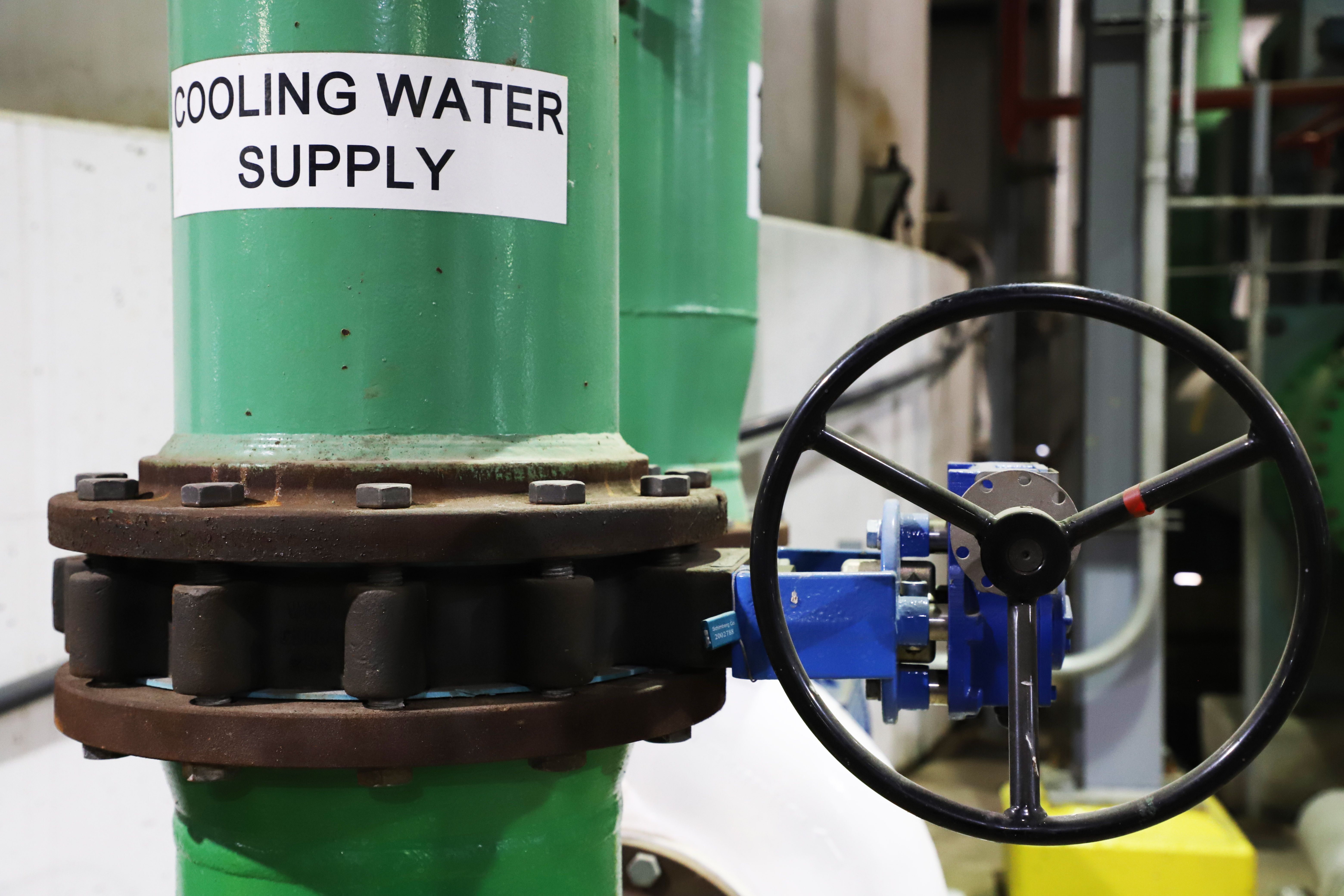Ethanol is a domestically produced alternative fuel most commonly made from field corn. It is also made from cellulosic materials, such as crop residues and wood—though this is not as common. Ethanol is made in 28 states – from California to New York – but U.S. ethanol plants are concentrated in the Midwest because of the proximity to corn production. Plants outside the Midwest typically receive corn by rail or use other feedstocks and are located near large population centers.
Field corn vs. sweet corn
More than 99 percent of the corn grown in the United States is field corn. Field corn is harvested when the kernels are fully matured and dried. Field corn is primary used for livestock feed, ethanol production and other manufactured products. A small portion is processed for use as corn cereal, corn starch, corn oil and corn syrup.
Another type of corn is sweet corn. Sweet corn is enjoyed fresh off the cob, frozen or canned. This type of corn is picked when the kernels are immature, which is why sweet corn is soft and sweet.
Production
The production method of ethanol depends on the type of materials used. All the biorefineries in Nebraska produce ethanol using starch from corn.
Most ethanol in the United States is produced from starch-based crops by dry- or wet-mill processing. Nearly 90% of ethanol plants are dry mills because it requires less energy to produce. Dry-milling is a process that grinds corn into flour and ferments it into ethanol with co-products of distillers grains and carbon dioxide. Wet-mill plants primarily produce corn sweeteners, along with ethanol and several other co-products (such as corn oil and starch). Wet mills separate starch, protein, and fiber in corn prior to processing these components into products, such as ethanol.
Henry Ford and Alexander Graham Bell were among the first to recognize that the plentiful sugars found in plants could be easily and inexpensively converted into clean-burning, renewable alcohol fuels.
While the concept is the same today as it was then, the ethanol industry has come a long way since those days. Today, sophisticated renewable fuel refineries use state-of-the-art technologies to convert materials into high-efficiency ethanol (and other co-products).
See ethanol production in action
The easiest way to fully understand how ethanol made is by touring a facility but that’s not always easy to do. Check out the video links below for a more animated explanation of how ethanol is made. If you are interested in touring a Nebraska biorefinery, let us know! We will work with Nebraska producers on your behalf to get something arranged.
How Ethanol is Made at Flint Hill Resources
How Ethanol is Made at KAAPA (shortened version)
How Ethanol is Made at KAAPA (full version)
Tour of Tharaldson Ethanol (South Dakota)
How is Ethanol Made | Nebraska Biorefineries | Co-Products of Ethanol Production


